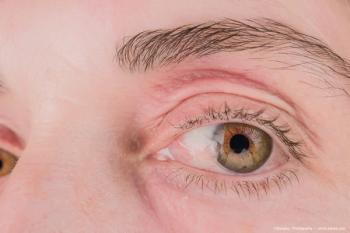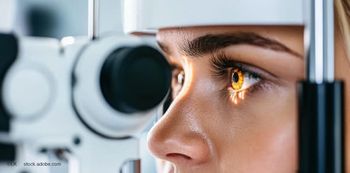
Larger graft available for damaged ocular surfaces
A new, larger designed size of AmnioGraft biologic ocular transplantation graft, AmnioGraft AG-5050 (Bio-Tissue Inc.), is now available for the treatment of Stevens-Johnson syndrome and toxic epidermal necrolysis. The graft consists of amniotic membrane to protect, repair, and heal damaged eye surfaces.
Miami-A new, larger designed size of AmnioGraft biologic ocular transplantation graft, AmnioGraft AG-5050 (Bio-Tissue Inc.), is now available for the treatment of Stevens-Johnson syndrome and toxic epidermal necrolysis. The graft consists of amniotic membrane to protect, repair, and heal damaged eye surfaces.
At 5.0 by 5.0 cm, the new graft provides greater coverage to help heal the ocular surface inflammation and ulceration found in Stevens-Johnson syndrome/toxic epidermal necrolysis. It provides the amniotic membrane’s unique wound repair and healing actions to reduce inflammation and formation of abnormal blood vessels, prevent scarring, and minimize pain.
“When patients are treated early, cryopreserved amniotic membrane works very well in the acute treatment of the eye for these diseases as it has therapeutic qualities that help the eye surface heal faster,” said Scheffer C.G. Tseng, MD, PhD. “Cryopreserved amniotic membrane has changed how we treat patients with Stevens-Johnson syndrome/toxic epidermal necrolysis and is helping to save sight.”
Newsletter
Don’t miss out—get Ophthalmology Times updates on the latest clinical advancements and expert interviews, straight to your inbox.













































.png)


